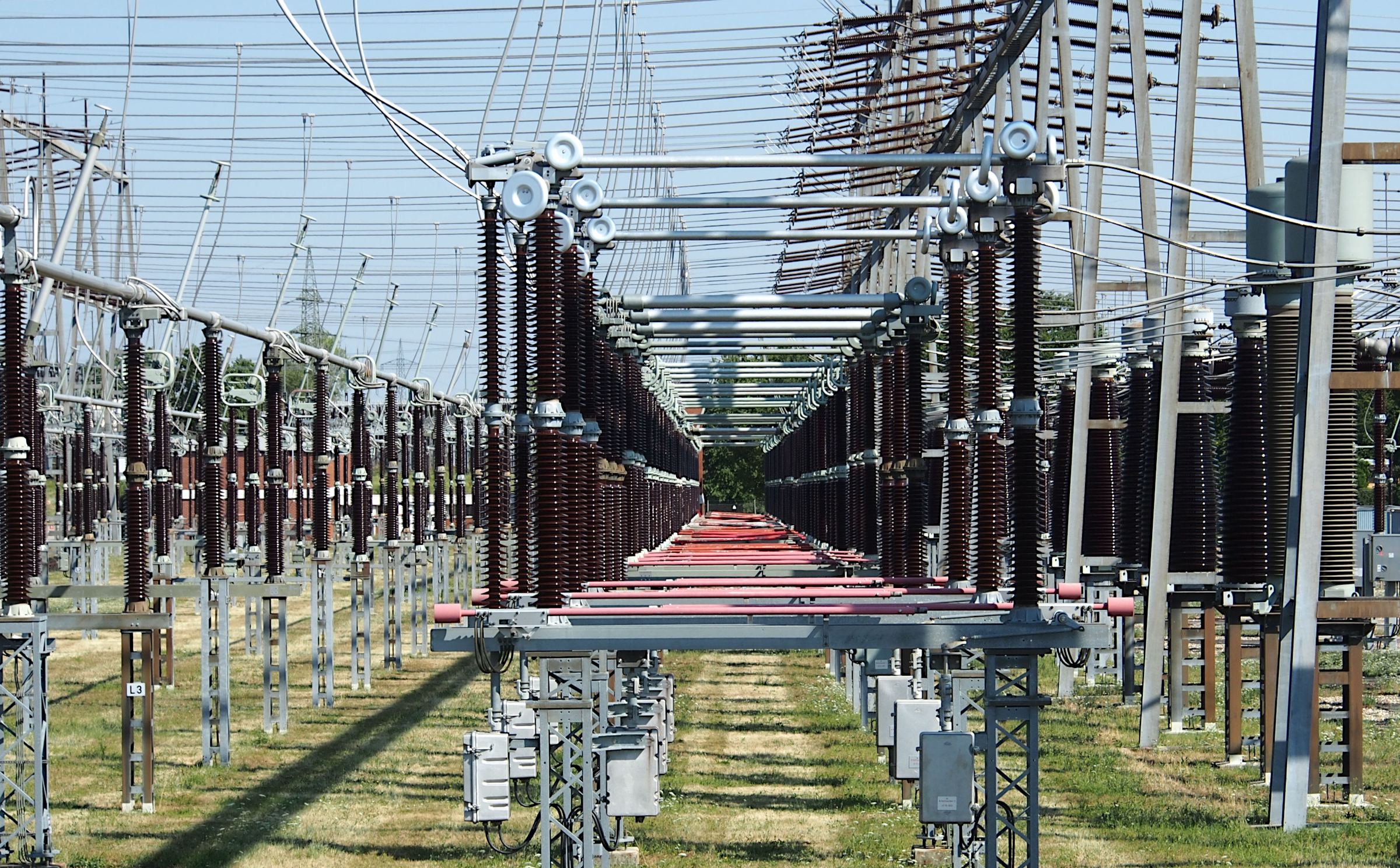OPTIMIZING FVD ORIENTATIONS FOR TALL RC BUILDINGS UNDER COMBINED SEISMIC & WIND HAZARDS
Abstract
A 20-storey reinforced-concrete frame (designed per ACI 318-19, ASCE 7-16 and local BCP-21 codes) is analyzed under nonlinear time-history seismic loads (using spectrally matched ground motions) and ASCE wind loading for a Karachi like coast. Three supplemental fluid viscous damper (FVD) layouts are studied: single diagonal braces, chevron bracing, and wall mounted dampers. Compared to the bare frame, all damper configurations yield substantial improvements in dynamic response. Under the design seismic sequences, the wall-mounted dampers provide the strongest control: peak inter-storey drift is cut by about 42% (to ~0.00618) and roof displacement by roughly 50%, while ~58.6% of the input seismic energy is dissipated by the system. The chevron arrangement also significantly reduces response, absorbing about 42.1% of the energy, and the single diagonal layout about 36.8%. In absolute terms these devices roughly halve the undamped building’s drifts and displacements across height. Under wind excitation, the trends differ: chevron or diagonal orientations better suppress low-frequency sway, whereas the wall-mounted scheme maximizes energy dissipation and drift control under earthquake shaking. These results highlight a tradeoff in mixed hazards. For a high-wind, high-seismic site like coastal Karachi, a hybrid strategy is advised: e.g., chevron dampers on the windward facade to counter aerodynamic sway, combined with dense wall mounted dampers on the transverse axis for optimal seismic energy dissipation. Such damper layouts provide actionable guidance for resilient tall building design under combined seismic and wind loads.
Keywords ( Fluid viscous dampers; reinforced-concrete frame; nonlinear time-history analysis; inter-storey drift; seismic energy dissipation; wind-seismic interaction)
















